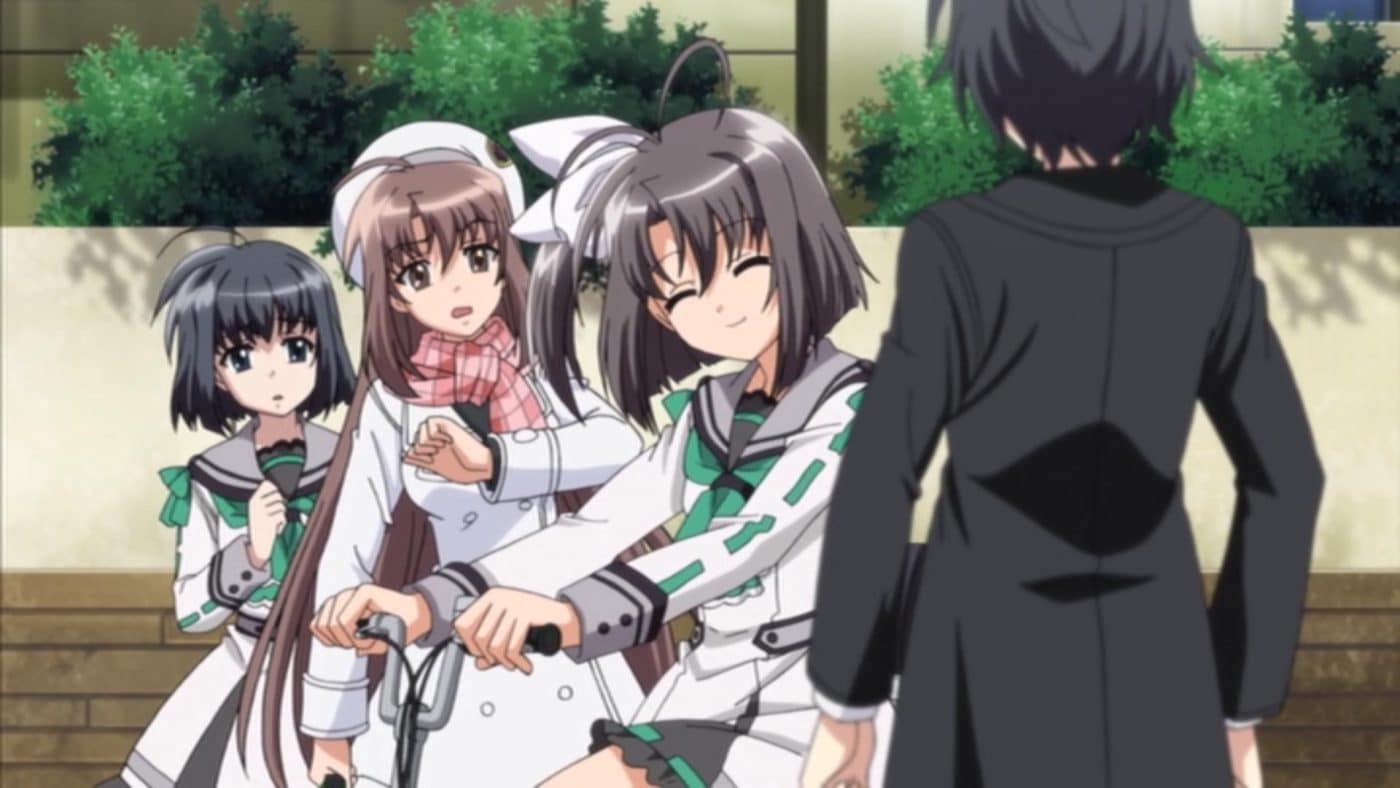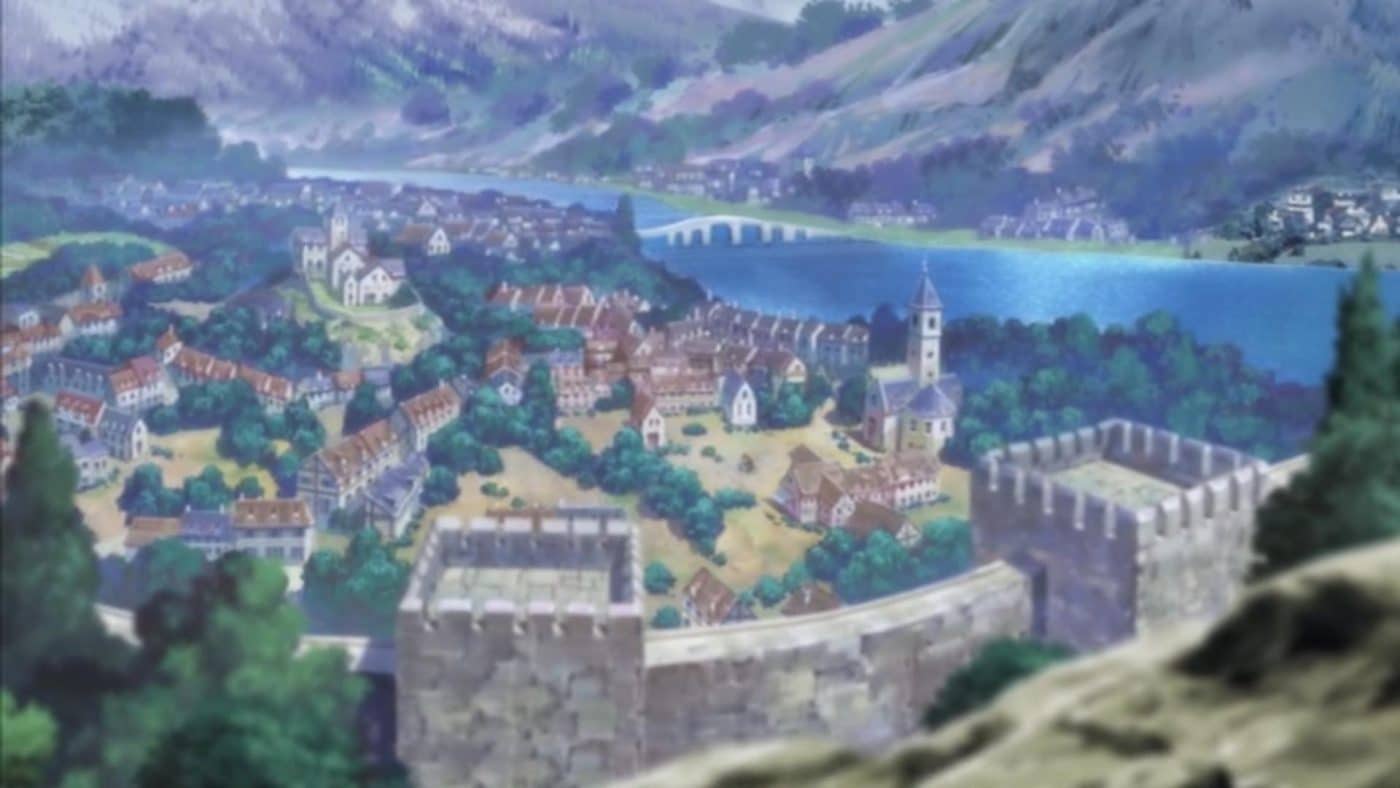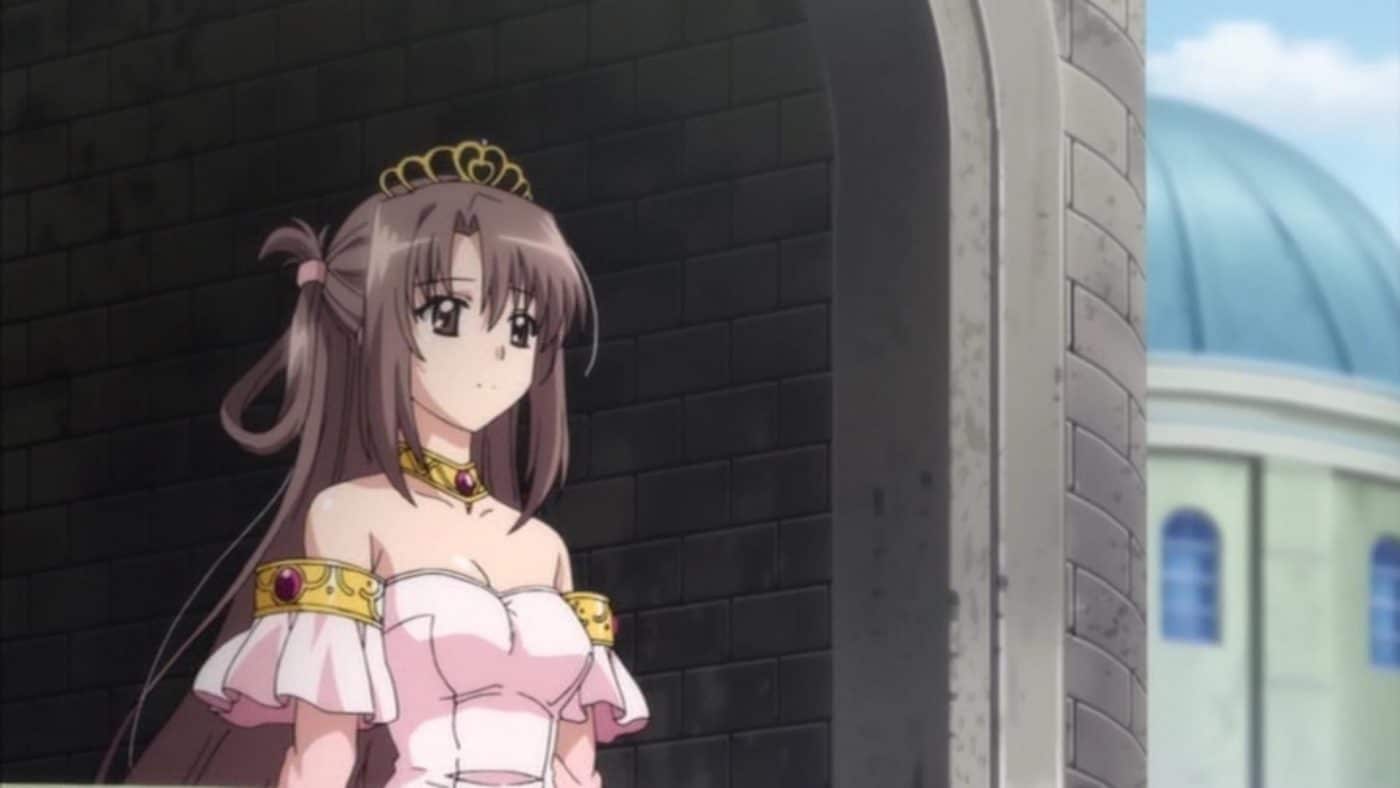We Without Wings – under the innocent sky
12 Episodes + OVA*
2011
Alternate Titles
Oretachi ni Tsubasa wa Nai – under the innocent sky
OreTsuba
Genre
Psychological; Romance; Ecchi**; Comedy; Drama; Fantasy; Game; Tragedy; Magic
Synopsis
Takashi Haneda seems to be your average introvert…except that he isn’t! He’s periodically summoned to another world as a celebrated knight of a great kingdom. With a war incoming, he knows that soon he won’t be able to return to our world – all he has left is to get good grades, say goodbye to his girlfriend and his sister and he’ll be off, but neither is willing to let him go easily.
Shūsuke Chitose is a near-broke freelance reviewer hired by a local restaurant to be their new waiter. His senior at work is a struggling author who hates him, and for good reason considering he recently mistook her for an adult film actress.
Hayato Narita is running odd jobs, with his latest offer being to find a lost bicycle. Although he believes it to be boring, he reluctantly accepts, which unexpectedly has him caught in the middle of a gang war.
Though their personalities seem to be incompatible, these three men are much closer than anyone expects and the romances that blossom for them return some forgotten memories and uncover some dark secrets…

Content Advisory
This is not a comprehensive list of every individual use of strong content, merely a guide to show you how extreme it gets and how strong it tends to be. Also, the tags I’ve given each segment (e.g. Very Strong Language) is based on my own system and does not necessarily reflect the tags the BBFC (or other national equivalent) use. According to my system, the ‘Mild’, ‘Moderate’, ‘Strong’ and ‘Very Strong’ adjectives are based on strength, not on volume. Now, obviously, the strength of any type of content is subjective; what I consider strong might just be a relaxing weekend for you. Hence, I have added an explanation for my decision to allow you to make your own informed decision.
Please also note that the ‘colourful’ language I am referring to here is based on FUNimation’s English Dub. The Japanese Dub may (and probably does) differ.
Very Strong Sex References
A healing ritual that seems suspiciously like a (non-explicit) sex scene, one character exclaiming in the middle of the street a dire need to ejaculate, trivia about the abundance of oversized foreskin in people from certain places – these are just a few examples of this show’s unsuppressed sex references.
Strong Sexualised Nudity
A number of scenes depict nudity, many of which show nipple detail and some of which depict smoothed-over genitals (à la Dogma).
Strong Language
Some uses of ‘Fuck’, ‘Shit’ and other milder language.
Moderate Bloody Violence
A few scenes in the fantasy-style parts of the series feature enemies being slashed and a fair amount of blood is expelled.
One Scene of Moderate Sex
Though, again, no genitalia is shown, there is one scene claimed to be a ritual for curing an ailment that is played off more like a sex scene – complete with a smattering of (what the English Dub Voice Actors claimed in a commentary to be) ‘poison’. As with much of the series, this moment parodies Visual Novels***, so it is played for comedy to an extent.
Moderate Gore
A couple of soldiers in the series are cut in half and display some innards. That being said, it looks more like a cleanly cut leg of lamb (i.e. no guts, just a meaty kind of look).

Reasons to Watch
This is the difficult part. I don’t want you to see this entry as an oversized ‘DON’T WATCH THIS’ post. Equally, I don’t want to influence your opinion with a biased review – there’s a reason this website is called ‘Anime Insights’ and not ‘Anime Reviews’! In this section, I’m going to try to convey to you some of the reasons (in no particular order) that I’ve seen this series’ fans give for enjoying it!
Multiple plot-twists that keep the viewer interested and an energetic, fourth-wall-breaking Radio DJ of a narrator to guide you.
A unique take on a mental condition that – once revealed – easily opens the series to a rewatch (unless you have a very good memory). Suddenly, certain moments might make more sense, you might notice foreshadowing, and it can even change the tone of some scenes!
For Visual Novel*** lovers, this is a very meta series that pokes fun at their tropes and even their very gameplay with varying degrees of subtlety.
Barrier of Entry
Low production values (i.e. weaker artwork and animation) may make this a difficult watch for those after something more impressive-looking.
The show’s sense of humour (as with all comedy) is very subjective, depending heavily on how you feel about dirty jokes.
Some bits will only make sense if the viewer plays Visual Novels***, but it should be noted that these scenes are not crucial to the plot – merely brief parodies that are often disconnected from the main story. Basically, if you want to understand everything in the series, it helps if you have some experience with Visual Novels***, but it’s not necessary.

Music
Opening Theme
Spread Wings by Aki Misato
Ending Themes
PARANoiA by Aki Misato (Ep. 1)
NEVERLAND by Miyuki Hashimoto (Ep. 2-9, 11, OVA*)
Hohoemi Genocide by Alex 3 (Ep. 10)
Spread Wings by Aki Misato (Ep. 12)
Hardcopy Notes
Although the covers for the physical copies label the OVA* as Episode 00, it is actually more of an epilogue OVA* to be played at the end. The discs even have it lined up to be played as the last episode!
Both Blu-Ray and DVD versions contain the special features, which include two audio commentaries with some of the English Dub Voice Actors. At time of writing this [22/08/2019] there is no UK version of the Blu-Ray, but there is a DVD version.
Staff List
FUNimation does not credit anyone for the ADR Script, so I can’t add any of that here.
Animation Production: NOMAD
Director: Shinji Ushiro
ADR Director: Jerry Jewell
Series Composition: Takamitsu Kōno
Music: Acchorike
Original Creator: Navel
Original Character Design: Aoi Nishimata
Animation Character Design & Chief Animation Director: Kumi Ishii
Art Director: Tsutomu Nishikura
Lead Voice Actors
Tomokazu Sugita as DJ Condor
Hiro Shimono as Takashi Haneda
Hiroaki Miura as Shūsuke Chitose
Junichi Suwabe as Hayato Narita
Mayumi Yoshida as Asuka Watarai
Ryoko Ono as Hiyoko Tamaizumi
Yuko Goto as Naru Ōtori
Ai Matayoshi as Kobato Haneda
Lead Voice Actors (FUNimation)
Brandon Potter as DJ Condor
Joel McDonald as Takashi Haneda
Ricco Fajardo as Shūsuke Chitose
Scott Freeman as Hayato Narita
Felecia Angelle as Asuka Watarai
Milly Prower as Hiyoko Tamaizumi
Zoe Latimer as Naru Ōtori
Mary Morgan as Kobato Haneda
For Your Anime Dictionary
*OVA (sometimes also referred to as OAV) stands for Original Video Animation and is basically a straight-to-DVD episode. They tend to be fun self-contained episodes that have little to do with the main plot of the series, though there are many complete series that have been entirely made up of OVAs! Because they aren’t subjected to broadcast content restrictions, these can have more explicit content and any length they find suitable.
**Ecchi is anime’s version of softcore pornography. Though sex scenes and even pixilated genitalia can be present, it’s rare (particularly in the genitalia department). It’s much more common for Ecchi anime to contain less explicit detail. In this case, nipple detail and a sex scene are both present.
***Visual Novels (sometimes also known as Dating Sims) are video games with very simple gameplay mechanics. A typical Visual Novel offers a text box with the story, a background to show the location and a few sprites as its characters. The player advances the story by reading and/or listening to the text and making decisions along the way that affect the final outcome of the protagonist (e.g. whether they live or die, or which love interest they end up with). These can last anywhere from a few minutes to well over fifty hours! A Visual Novel without decisions is called a Kinetic Novel.
